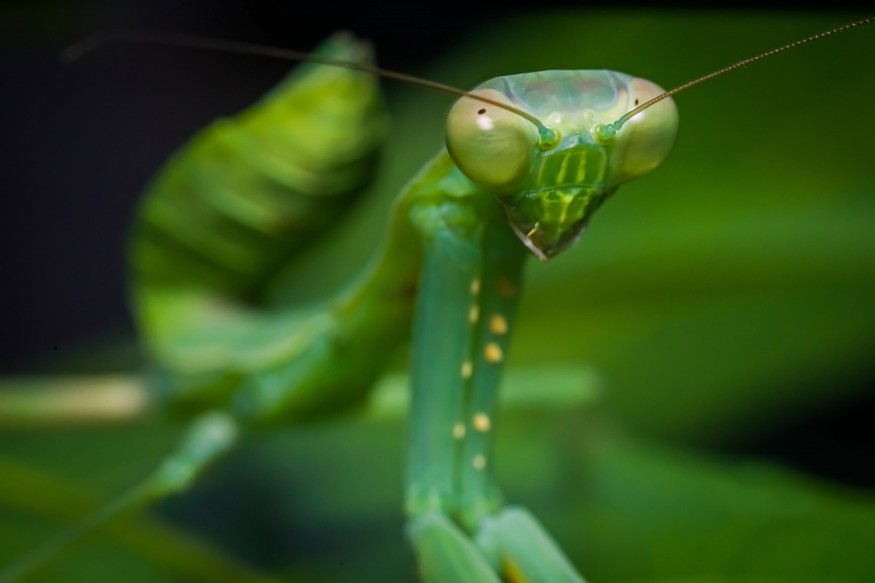
A video of a praying mantis eating a hummingbird has been making rounds on social media, leaving many viewers shocked and amazed. The footage, which was captured in a backyard in California, shows the praying mantis capturing and devouring the small bird.
Reddit user u/SNAKES_ON_A_PLATE shared the video in the platform and other users were quick to comment. One user said, "The mantis seem to enjoy starting with the eyeballs of their prey - it's brutal to watch." Another one added that "Maybe it starts with the eyes so it'll be the last thing the victim ever sees, then they get to feel themselves get eaten to death."
The video has sparked a debate among experts, with some arguing that the mantis was simply acting on instinct, while others suggest that the praying mantis may have been particularly hungry or desperate for food. However, it is important to note that this is a natural process in the ecosystem and that praying mantis are a beneficial insect as they help in controlling the population of other insects which could be harmful to plants.
Praying mantises predators - what do they eat?
Praying mantises are known to be opportunistic predators, meaning they will eat whatever prey is available to them. They typically feed on insects, spiders, and other small invertebrates. However, larger species of praying mantises are known to prey on small vertebrates, such as lizards, frogs, and even small birds.
The praying mantis in the video is likely a Chinese mantis, a species that is known to be larger and more aggressive than native species. Chinese mantises were introduced to North America in the late 1800s as a form of pest control, and they have since established themselves as a common sight in gardens and wooded areas.
It is not uncommon for a praying mantis to prey on a hummingbird, they have been observed eating hummingbirds, and other small birds, however, it is relatively rare.
Praying mantises are primarily carnivorous, they feed on a variety of insects, spiders, and other small arthropods, including caterpillars, beetles, flies, crickets, grasshoppers, and even other mantises. Some species of praying mantis will also eat small reptiles, amphibians, and even small birds and mammals.
They are able to catch their prey by using their front legs which are modified into raptorial appendages that are used to grasp and hold their food. These animals are also known to be cannibalistic, meaning that they may eat their own kind, especially the smaller and weaker individuals.
Praying mantis explained: What are they?
Praying mantises are a group of insects that belong to the order Mantodea. They are best known for their distinctive front legs that are modified into raptorial appendages, which are used to grasp and hold prey. They are characterized by a long, narrow body, large triangular head, and large compound eyes. They are typically green or brown in color and can blend into their surroundings, making it difficult for predators to spot them.
These triangular headed insects have a unique way of hunting, they use camouflage to blend in with the surroundings and wait patiently for prey to come within striking distance. They move their head and body to follow the prey with their eyes, and when the prey is close enough, they strike quickly with their raptorial front legs to catch it.
These insects are found all over the world, living in a variety of habitats, including deserts, forests, and grasslands. Some species are arboreal and can be found in trees, while others live on the ground. They typically have a life span of one year, and the females of the species are known to eat the males after mating, a behavior known as sexual cannibalism. They are also appreciated for their ability to control pest populations in gardens and farms.
© 2026 ScienceTimes.com All rights reserved. Do not reproduce without permission. The window to the world of Science Times.










